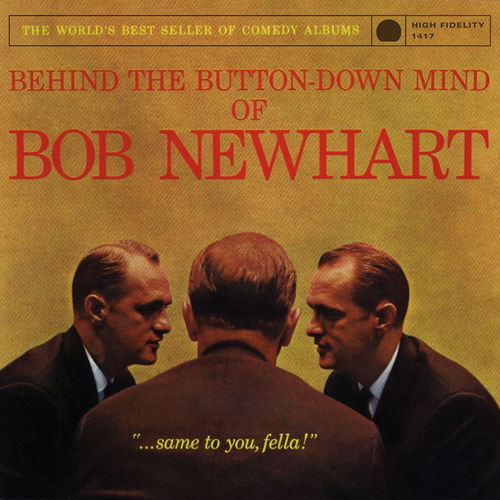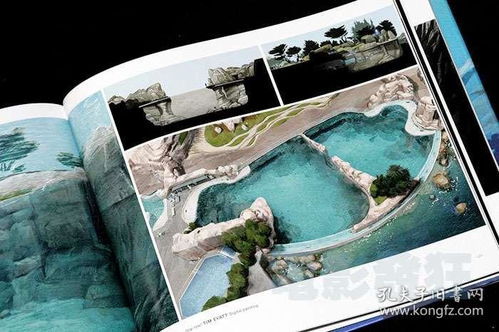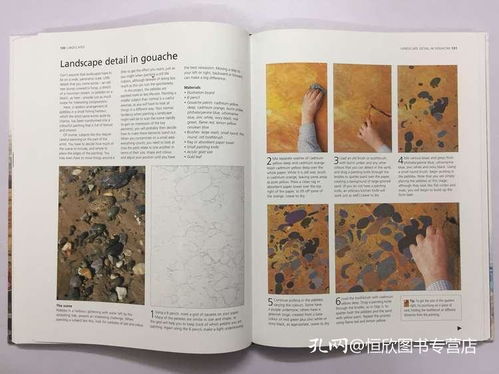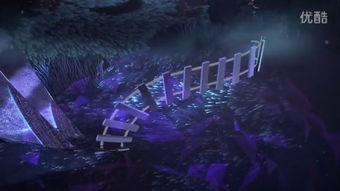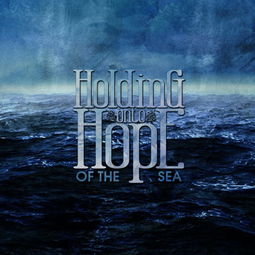A Beginner's Guide to Fishing Techniques: A Step-by-Step Illustration
Fishing is an ancient pastime that has been enjoyed by people of all ages and backgrounds for centuries. Whether you're looking to unwind, connect with nature, or simply catch a big one, learning the basics of fishing can be both rewarding and fun. If you're a beginner and want to get started on the right foot, here's a comprehensive guide to some essential fishing techniques, complete with step-by-step illustrations to help you along the way.
Choosing the Right Equipment
Before you can start fishing, you'll need the right gear. Here's a breakdown of the essential equipment you'll need:
1 Rod and Reel:
- Rod: Choose a rod that matches the type of fishing you plan to do. Spinning rods are great for beginners due to their ease of use.
- Reel: A spinning reel is a good choice for beginners. It's user-friendly and suitable for a variety of fishing situations.
2 Line:
- Monofilament: This is the most common type of fishing line and is suitable for beginners.
- Braided Line: While more expensive, braided line is durable and offers better sensitivity.
3 Lures and Baits:

- Lures: Artificial baits that mimic the movement of real fish.
- Baits: Natural baits like worms, insects, or fish.
4 Tackle Box:
- Include hooks, sinkers, swivels, and various lures to cover different fishing scenarios.
Casting Techniques
Casting is the act of throwing your lure or bait into the water. Here's how to do it:
1 Hold the Rod:
- Grip the rod with a comfortable, but firm, handshake. Your thumb should be on the reel side.
2 Position the Line:
- Let out enough line to reach the water without it being too taut.
3 Wind the Reel:
- Wind the reel until the line is tight and the lure is at the end of the rod.
4 Cast:
- Point the rod towards the target and pull back with your wrist.
- Release the line as you bring the rod forward, allowing the lure to fly through the air.
Knot Tying
Learning to tie knots is crucial for ensuring your line stays connected to your lure or bait. Here's a simple knot for beginners: the improved clinch knot.
1 Prepare the Line:
- Cut a length of line about 12 inches longer than you need.
2 Form a Loop:
- Make a loop in the line and pass the end of the line through the loop.
3 Make a Bight:
- Loop the end of the line back through the loop, creating a bight.
4 Tie a Surgeon's Knot:
- Cross the ends of the line and twist them together five times.
5 Secure the Knot:
- Pass the end of the line through the loop and pull tight. Trim any excess line.
Baiting Your Hook
Choosing the right bait can make a big difference in your fishing success. Here's how to bait a hook:
1 Choose Your Bait:
- Depending on the fish you're targeting, choose a natural or artificial bait.
2 Thread the Bait:
- Place the hook in the bait, ensuring it's secure and won't fall off.
3 Check Your Bait:
- Make sure the bait is properly attached to the hook and won't come loose during your cast.
Setting the Hook
Once you've got a bite, it's time to set the hook:
1 Feel the Bait:
- Keep your rod tip down and feel for any resistance or movement in the bait.
2 Set the Hook:
- When you feel a bite, quickly and firmly pull back on the rod to set the hook.
Landing the Fish
Landing a fish is an important part of the fishing experience. Here's how to do it:
1 Keep the Fish in the Water:
- If the fish is not hooked deeply, keep it in the water until you can remove the hook.
2 Use a Net:
- Use a landing net to gently scoop the fish out of the water.
3 Release or Keep:
- Decide whether to release the fish or keep it for a meal. If you choose to keep it, make sure to handle it gently and release it back into the water if it's undersized or out of season.
Safety Tips
Always prioritize safety when fishing:
- Dress Appropriately: Wear sun protection, a hat, and sturdy shoes.
- Stay Hydrated: Drink plenty of water, especially on hot days.
- Be Aware of Your Surroundings: Keep an eye on the weather and be aware of other anglers and wildlife.
Conclusion
Fishing is a skill that takes time to develop, but with practice and patience, you'll improve your techniques and catch more fish. Remember to always respect the water and the fish you're targeting. Happy fishing!

